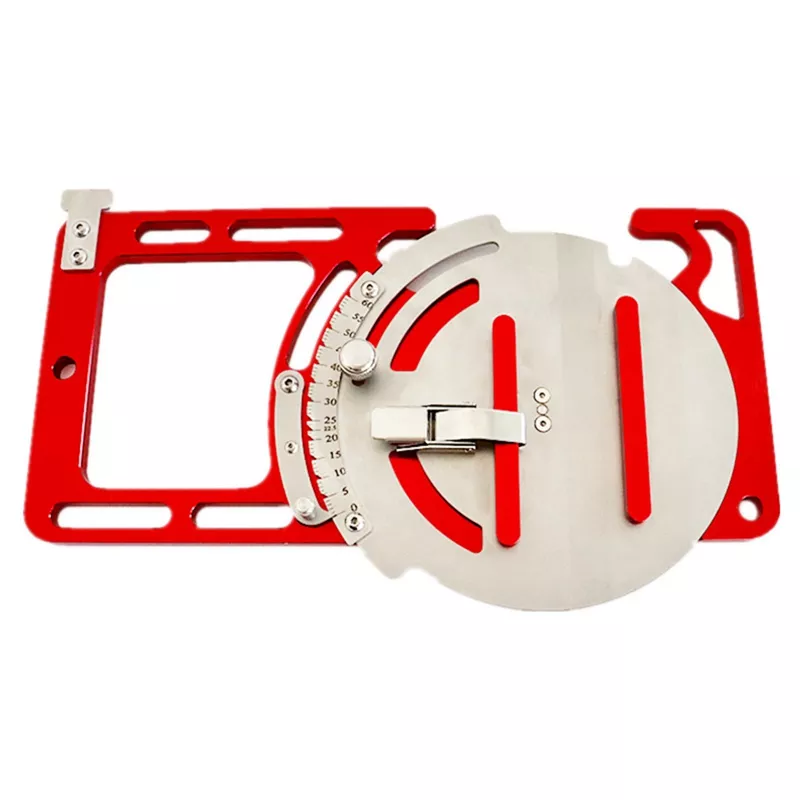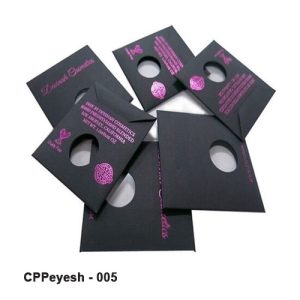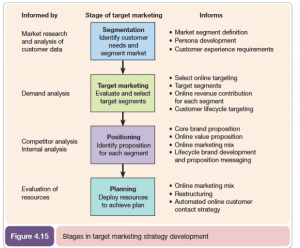Fixture Guide Rail

Fixture guide rail
In a mixed product world, the shift from a kitchen environment to a small industrial environment can be frightening. The purpose of this article is to uncover the mystery of small-scale industrial mixing.
What are you stirring?
Is the product as thin as water or as thick as paint? The common method for measuring product thickness is to measure the viscosity of liquid. The following figure shows a practical example of viscosity.
Example of points
(CPS) APPROXIMATE POINT
1 Water, milk, solvent
100 olive oil, SAE 10 oil
250 castor oil, SAE40 oil
500 paint, glucose solution
1000 ketchup, glycerin, heavy paint
Direct drive 1750 RPM or gear reduction drive 350 RPM?
Liquid to liquid mixing is generally direct. Thin or low viscosity products(less than 250 cps) can be mixed with 1750 RPM direct drive mixers or 350 RPM geared mixers. The speed of 1750 gives more shear force to the product than the gear transmission, so the particles may be slightly decomposed. If this is the problem, select a 350RPM gear reducer.
Is the solid mixed? Do they dissolve easily? Do they get wet easily? If they do, people will not be so worried, and the mixture can be selected according to the viscosity of the above fluid. For 250CPS or lower versions, 1750 RPM is usually selected to directly control the mixer. After exceeding 250CPS, use 350RPM gear reduction mixer.
However, if the solid mixing is not good, a faster mixing is required, usually a 1750 RPM mixer is better.
What is tank rotation?
Some people like to talk about tank turns. The fuel tank turnover is divided by gallons per minute(GPM) divided by the fuel tank capacity(gallons). The 5-inch propeller rotates 1750 rpm and the pump is about 600 gallons. If you have a 200 gallon fuel tank, 600/200=three revolutions per minute. Any place within the range of 2-3 is suitable for mixing! In contrast, an 8-inch propeller can pump about 600 gallons per minute at 350 rpm.
Where should I find the blender?
When inserting the mixer into the tank wall, please follow these three rules of thumb as much as possible.
First, place the propeller on the full propeller diameter at the bottom. If you have a five inch propeller, place it five inches from the bottom.
Second, let the propeller off center. The rule of thumb is 1/6 of the tank diameter. If you have a 30 inch diameter fuel tank, the propeller must be 5 inches away from the center.
Finally, keep the axis at an angle of 10-15 degrees. A large angle may damage the mixing shaft. This will be a bad thing!
Damn it! The mystery has been solved!
You know the viscosity of the fluid.
Learn about direct drive motor and gear reducer motor.
You learned the rotation of tanks.
You have learned to find the mixer.
It was a good day!








